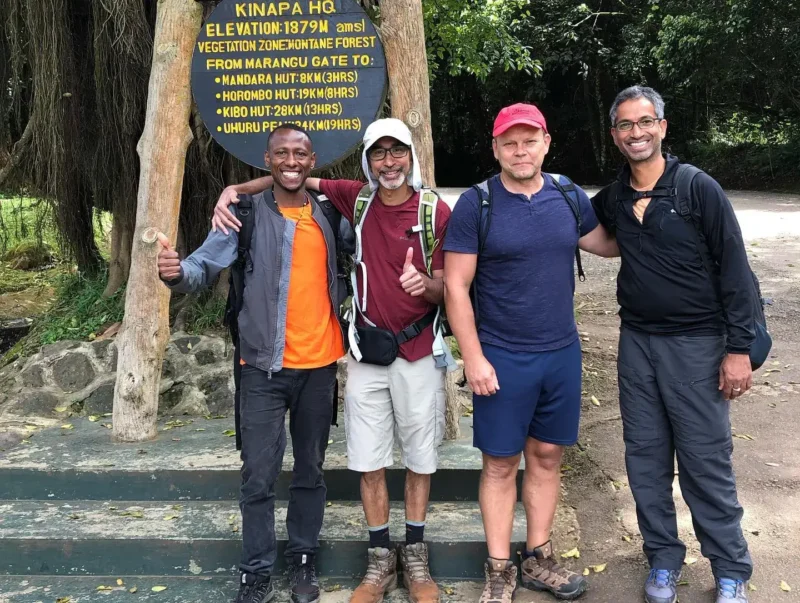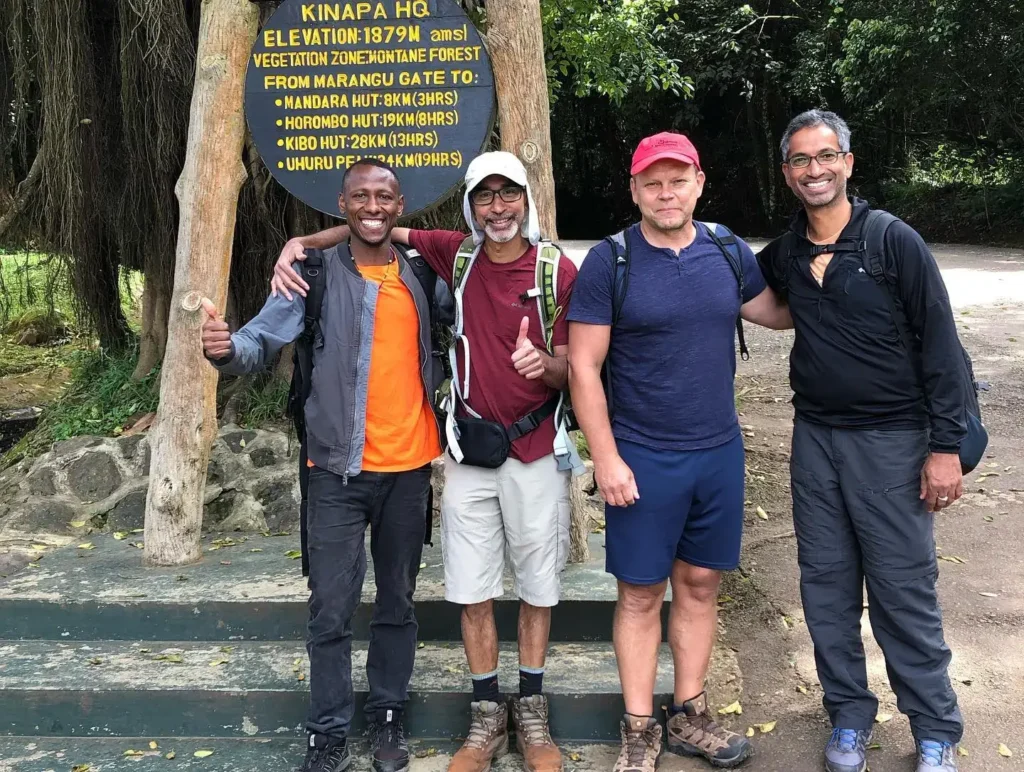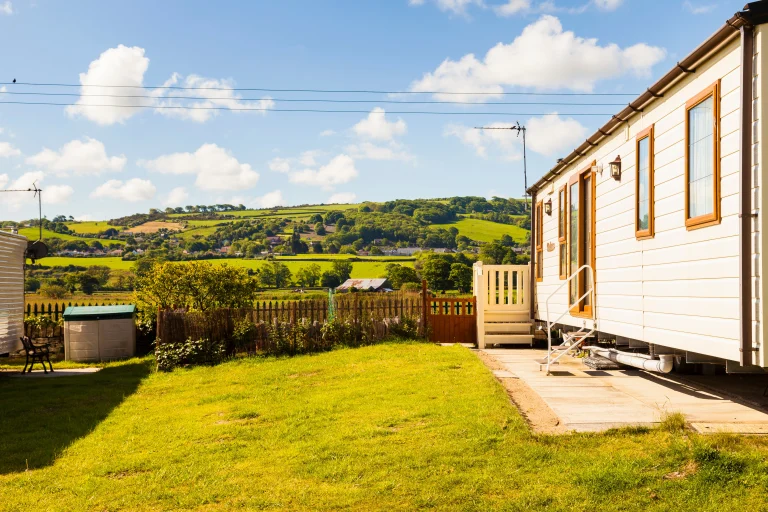Understanding Kilimanjaro Altitude Sickness

Kilimanjaro is Africa’s tallest mountain and is undoubtfully a well-liked destination for adventure-seeking tourists from all over the world.
Visitors travel through many different types of landscapes on their route to Kilimanjaro’s summit. This varies from lush rainforests to alpine deserts.
Additionally, many climbers get affected by altitude sickness because of Kilimanjaro‘s high elevation. This article will explore the intricacies of altitude sickness, describing precautions to take and treatments to use if they become necessary.
What causes altitude sickness on Mount Kilimanjaro?

Altitude-related sickness is also known as acute mountain sickness (AMS) among hikers on Kilimanjaro. On higher levels there is far less oxygen, and sometimes your body cannot adjust to it.
Altitude sickness may already occur at elevations from 2,500 meters (8,200 feet), it is more common above 3,500 meters (11,500 feet). Most common symptoms of altitude sickness are headaches, nausea, dizziness, fatigue, and dyspnea.
If you neglect these symptoms, altitude sickness can develop into serious problems, like high-altitude pulmonary edema (HAPE) and high-altitude cerebral edema (HACE).
These conditions might possibly endanger life. It should always be taken properly as a consequence.
Kilimanjaro Mountain Altitude Illness Risk Factors
Kilimanjaro altitude sickness is made more likely by a number of causes. Since your body doesn’t have enough time to adjust to the reduced amount of oxygen, a quick climb is one of the primary danger factors.
A history of altitude sickness, existing medical issues (such as heart or lung illness), and being physically unfit are additional risk factors.
Defending against Altitude Sickness
The most effective method for preventing altitude sickness is to gradually adjust to the greater height. This can be achieved by progressively dropping during the ascent of the Kilimanjaro mountain.
Besides, it might help to spend a few days at lower altitudes before the ascent. You must also drink plenty of water and maintain a balanced diet to avoid getting altitude sickness when you climb Mount Kilimanjaro.
Your body should be in best condition to stand the higher altitudes. Your body’s capacity to adjust to challenging conditions will be diminished if it is weak.
How to Treat Altitude Sickness
To descend as quickly as you can to a lower level is the most important thing to do if you have feelings of altitude on Kilimanjaro.
You may do this to decrease the sickness’ symptoms and prevent it from growing worse. Medications like dexamethasone might relieve altitude sickness symptoms.
Therefore, make sure you have the necessary medical resources with you in case you need it. When you book a Kilimanjaro expedition with a trustworthy firm, you can anticipate getting competent medical assistance whenever you need it.
Kilimanjaro altitude sickness preparation
It’s essential to exercise your body physically in order to prepare for climbing Mount Kilimanjaro. This preparation should include cardiovascular, strength, and flexibility training.
An acceptable backpack, sweaters, trekking boots, and other necessary equipment are also essential. An experienced guide is also essential for navigating the mountain and reducing the likelihood of getting altitude sickness.
Kilimanjaro altitude sickness is a significant concern for hikers, but it may be avoided and managed with the right planning and information.
They may lessen their chance of getting altitude sickness by progressively acclimatizing, remaining hydrated, and rising carefully. As a consequence, you may make the ascent of Africa’s highest peak in safety and enjoyment.






